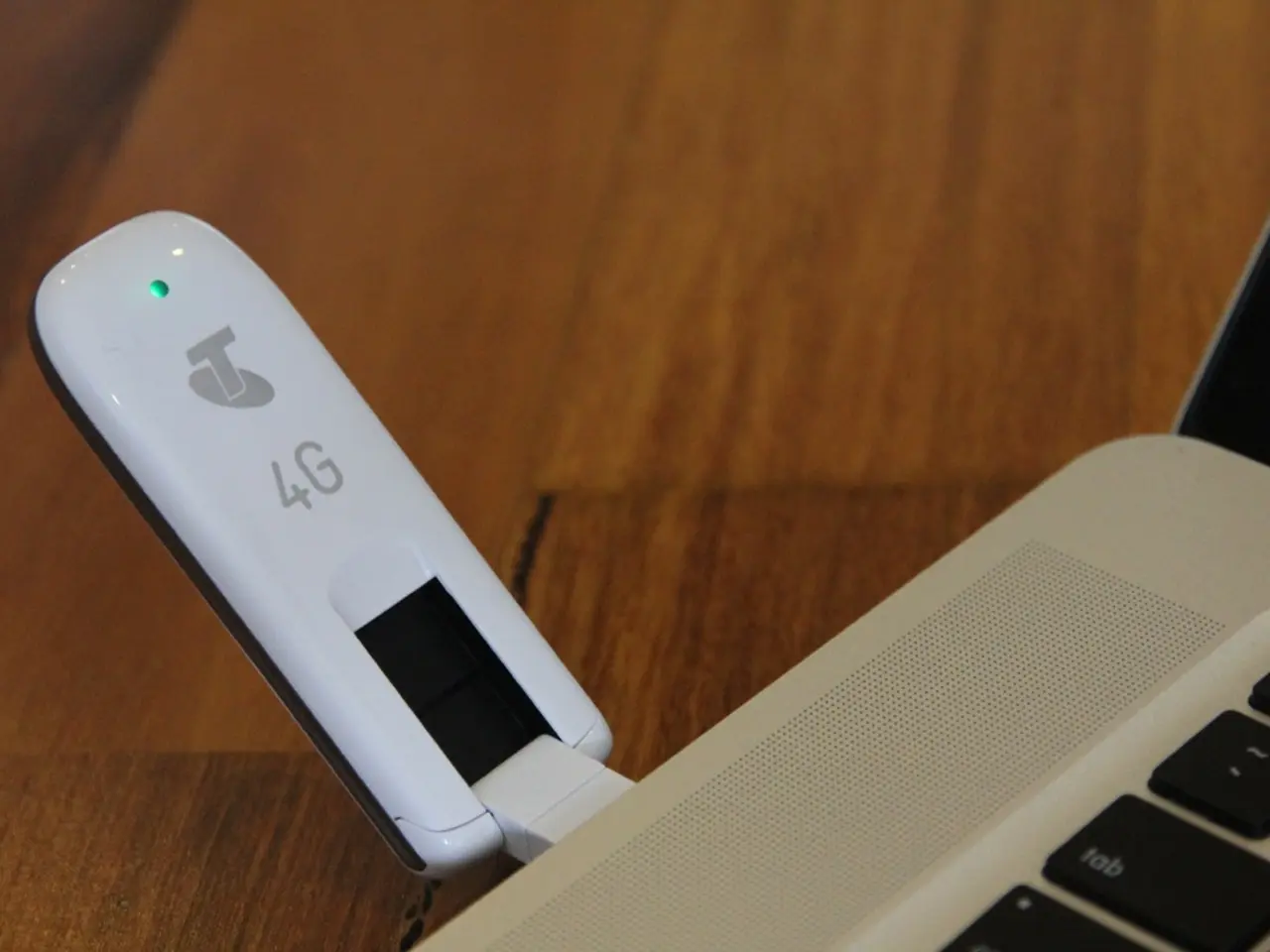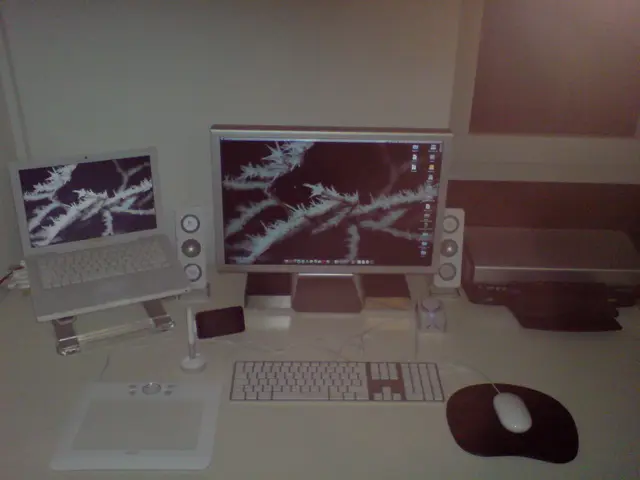Exploration of HDMI 2.2 Specification's Implications in Latest Kordz Podcast
In the latest episode of Kordz's Mastering Connectivity podcast, AV professionals get an in-depth look at the intricacies of the newly released HDMI 2.2 specification. The podcast, produced in collaboration with AV Trade Talks, features James Chen, managing director and HDMI expert, and Benjamin Yeh, Kordz operations director and product development manager.
The podcast sheds light on several key challenges and considerations in implementing HDMI 2.2 technology within AV infrastructure. Central to these discussions are the demands of the new 96 Gbps bandwidth specification.
### Key Challenges:
One of the primary concerns is cable compatibility and quality. HDMI 2.2 requires cables certified for Ultra96 performance to handle higher bandwidth. Using incompatible or borderline quality cables can lead to no signal issues or intermittent picture problems, especially at higher resolutions and refresh rates.
Another challenge is the need for full system support. To realize all HDMI 2.2 benefits, every component in the AV chain (source, receiver, display, cables) must support HDMI 2.2 features. Partial upgrades, such as upgrading just the display and cables while maintaining older AV receivers, limit the effective feature set.
Firmware and device updates are another layer of complexity in system deployment and ongoing maintenance. Many devices will require updates to fully support HDMI 2.2 features.
EDID and signal management also pose challenges. Advanced AV receivers may offer EDID management to improve compatibility, but this has limited benefits if underlying devices don’t fully support HDMI 2.2.
Lastly, the 96 Gbps bandwidth supports enhanced video formats like 8K at high refresh rates, which demands more from infrastructure and may expose resolution and refresh rate limitations in legacy equipment.
### Considerations for AV Infrastructure:
To address these challenges, professionals are advised to prioritize professional calibration for high-resolution content such as 8K video. System configuration strategies, such as connecting source devices directly to displays, may also be necessary to preserve HDMI 2.2 capabilities.
Planning for future content sources is crucial. Next-generation streaming devices and playback equipment that fully leverage HDMI 2.2 features should be incorporated proactively.
The podcast also emphasizes the need for infrastructure flexibility to support new HDMI standards alongside existing legacy systems. This includes hybrid system integration, where modern AV systems often blend analog and digital technologies.
In essence, the implementation of HDMI 2.2 technology requires a holistic approach, ensuring all components support the specification, using certified high-quality cabling, updating firmware, and carefully managing system architecture to handle increased bandwidth and new capabilities, while also addressing potential compatibility and signal integrity issues.
AV professionals are cautioned to be wary of products featuring premature claims of HDMI 2.2 compatibility. Instead, they are encouraged to focus on infrastructure that delivers long-term value and reliability.
Test centers are working to meet the new demands of HDMI 2.2, and true implementation and certification of HDMI 2.2 will take some time to evolve. The podcast offers a behind-the-scenes look at the complexities of cable engineering and spec interpretation for HDMI 2.2.
The sixth installment of this ongoing series offers an insider's perspective of the newly released HDMI 2.2 specification. Kordz has released this new episode titled "HDMI 2.2: Engineering the Future of AV Infrastructure." To learn more, visit Kordz or AV Trade Talks' websites.
In the podcast discussion, it was highlighted that digital signage systems, being integral components of AV infrastructure, need to be upgraded to support the HDMI 2.2 standard for better performance. This necessitates including data-and-cloud-computing capabilities to facilitate seamless content delivery and enhance metadata and signal management. Furthermore, integrating gadgets and devices compatible with HDMI 2.2 will ensure better signal integrity and compatibility with other components, as technology continues to evolve.







